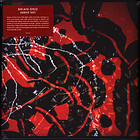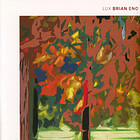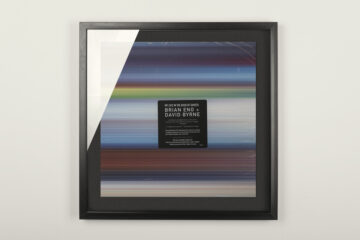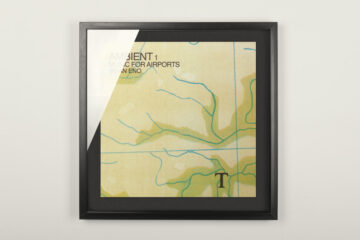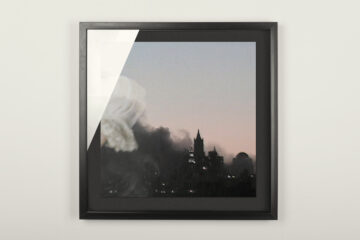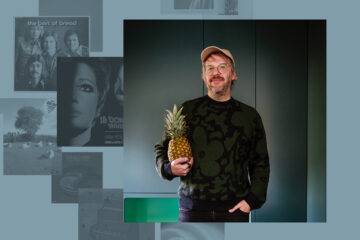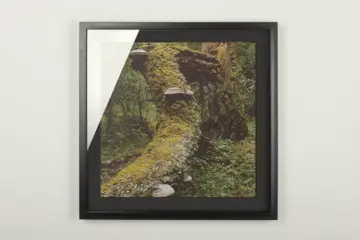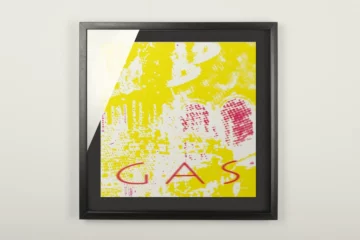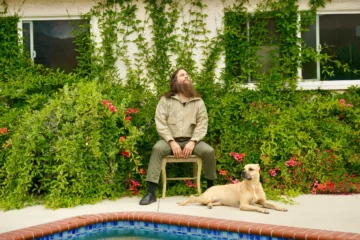Brian Peter George St. John le Baptiste de la Salle Eno combines the advantages and prejudices of a guru like an oddball. Those who have worked with him worship him. Those who have only spoken to him feared his answers. They were mostly journalists. However, the fear cannot have been that great, because over time, books and interviews and articles about Eno have accumulated.
For example, on his 70th birthday four years ago, he told the radio station Deutschlandfunk: »It downright disgusts me when people want to turn me into a guru. It’s always an uncomfortable situation for me – because I simply don’t know what to say to them. I have no idea how gurus behave. So I’m not very good at that either.« Which is what gurus and oddballs alike would probably say. Author Marcel Anders wrote immediately afterwards: »And still, in conversation, Eno comes very close to the guru.« Those who read the rest of the interview will also discover the oddball. Yet, Brian Eno started his career dressed in a completely different costume – namely that of a peacock.
From the Life of a Peacock
During his childhood in Suffolk in the east of England, his uncle Carl Otto introduced him to the art of the Dutch painter Piet Mondrian. From that moment onwards Eno knew: He wanted to be an artist. The young Brian Eno was often alone on the road, needing no one but himself. This is a quality that would later determine his sound.
Following his first musical experiments, Eno founded the band Roxy Music alongside Bryan Ferry and Andy Mackay in London in 1971. Glam and art rock are very much on the agenda. The US magazine Vulture once wrote that at the time Eno »dressed like a peacock« who had woken up after a hard night in a drag queen’s boudoir. Different times.
After the second album, Eno left Roxy Music. It’s hard to imagine today with Eno’s rather sedate appearance, but his sexual voracity and advances by female fans are said to have been the reason why Bryan Ferry had him thrown out of the band. At least that’s what several magazines have reported. His demise was perhaps the greatest stroke of luck in music history.
With the solo albums that followed in the seventies, Eno showed himself to be an experimental pop musician, especially on »Another Green World«, which featured King Crimson guitarist Robert Fripp and Velvet Underground legend John Cale. On none of his other albums did Eno manage to strike such a perfect balance in his sound, while at the same time be so bulky and so accessible as during these forty minutes.
Ignorable and Interesting
But even before these solo albums, Fripp and he had already released the album »(No Pussyfooting)« almost completely unnoticed by the public. It was barely accessible, bulky, minimal and confusing, especially for this time. Yet, from today’s perspective, it is considered an interlude to Eno’s ambient works. In 1975, Eno spelled out the idea with the album »Discreet Music«.
The legend behind the inspiration for the album’s sound goes like this: Eno was confined to bed after an accident. While on a visit, the artist Julie Nylon gave him an album of 18th century harp music. She put the record on for him as she left. And so Eno was lying in bed when the music began, gentle rain falling on the window – only the sound system was set at a very low volume, and one speaker wasn’t working at all. At least that’s the legend (which Eno picked up on himself in liner notes once). Nylon tells a different version in the Eno biography »On Some Faraway Beach«: She put the record on and they both set the balance together for the rhythm of the rain with the sounds of the harp. According to Nylon nothing was accidental that happened at that moment.
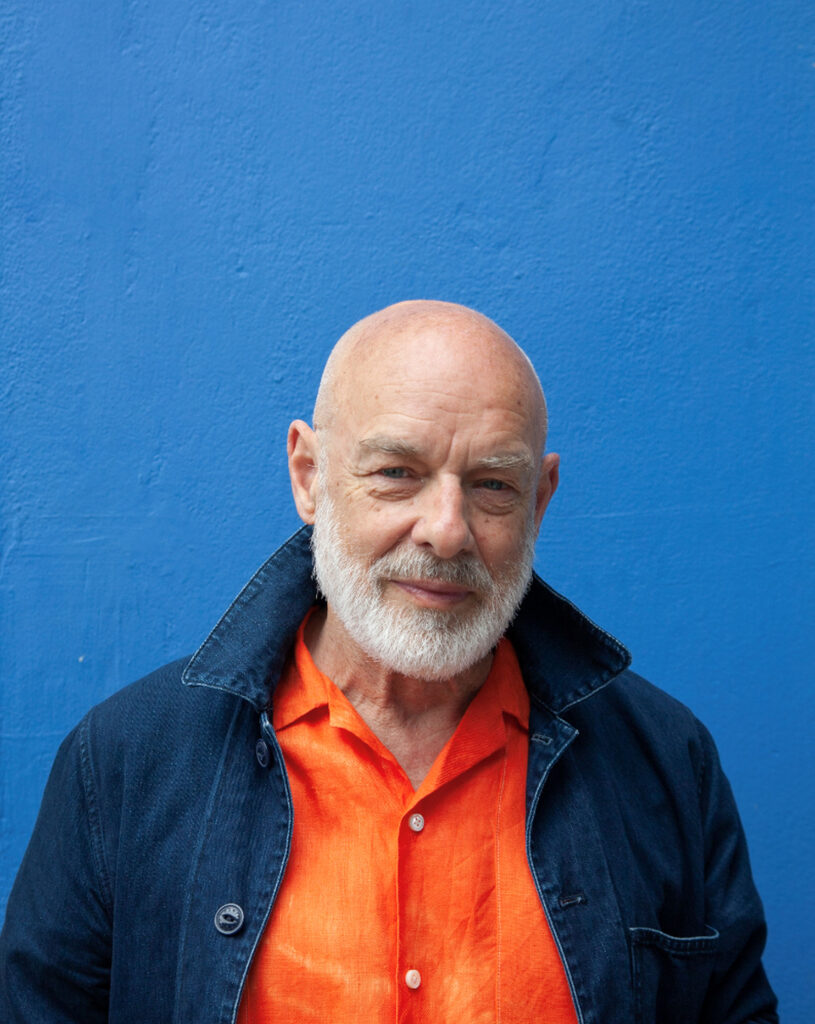
Before Eno’s ambient, there was Erik Satie’s »Musique d’ameublement«, minimalism and, last but not least, John Cage’s »4’33« – but it was Eno who established the genre with his ambient albums in the late seventies and early eighties. First and foremost, however, »Ambient 1: Music for Airports« established the basic aspirations for ambient. On »1/1«, a piano plays a melody accompanied by a long silence, everything reverberates, lingers as a spot of light in the sound, even when nothing can be heard for ages. On »2/1« various vocal loops build on this atmosphere.
Accordingly, Eno once wrote what are probably the most important words about his musical aspiration: »While conventional background music is created by removing any sense of doubt and uncertainty from the music (and hence any real interest), ambient music retains these qualities.« Ambient should create calm and space for reflection; it should be as ignorable as it is interesting. And Eno proved this on many subsequent and outstanding albums like »Apollo: Atmospheres and Soundtracks«. He remains true to this with planar sounds and spaces to this day. But Eno’s career is distinguished by so much more.
Undeniably Influential
Eno worked for David Bowie on his Berlin Trilogy albums. Eno still receives the credit for the co-production of »Low« which he did not actually do. Instead, he assisted Bowie and producer Tony Visconti. The minimalist composer Philip Glass once said of the album, »They did something that few others have ever attempted – namely to create a work of art in the world of popular music. I listened to them constantly.«
The fact that Eno had an influence on the works cannot be disputed. Even if the experimental approach didn’t really convince contributing musicians like guitarist Carlos Alomar, it worked for Bowie’s albums. Incidentally, the following was also used in the process: Oblique Strategies. Conceived by Eno and artist Peter Schmidt. Each card releases a creative block. The advice ranges from practical («Use an old idea.») to quirkily esoteric («Ask your body.») – no wonder I still have it in various versions, for example, for Android and Gameboy.
The appreciation was great, and Bowie and Eno worked together several more times, exchanging ideas regularly until Bowie’s death. But the list of collaborations doesn’t end there: Talking Heads, Coldplay, U2, Harold Budd, Devo and Jon Hopkins also grace Eno’s discography. Above all, it is Eno himself who remained transformable, bringing in unconventional ideas and sounds.
Long-Term Thinking
Today, at the age of 74, Eno has been attracting increased attention again for some time in pop culture, especially because ambient is flourishing as a genre, at least quantitatively. And also because Eno continues to produce albums like «Altar», by the Portuguese band The Gift, one of the all too unknown but great pop albums of the last few years. And because Eno himself is constantly releasing music. And most recently the album »FOREVERANDEVERNOMORE« features new songs on which he himself even sings. The sound of the album continues to be ambient, with bits of pop music sprinkled in here and there.
Given his path in life and his artistic approaches, it is no wonder that Eno has also remained active outside of music by working with installation art and becoming a member of the Long Now Foundation. Their stated mission: «The Long Now Foundation was founded in 01996* to continue the development of the Clock and Library projects and to lay the foundation for a very long-term cultural institution. The Long Now Foundation hopes to provide a counterpoint to today’s fast-paced culture and help make long-term thinking more common. We hope to promote responsibility in the course of the next 10,000 years.«
And Brian Eno has been working on these spaces, this accountability, since his first attempts at ambient. In a recent interview with the New York Times, he said about his new album: »It’s most likely that I’m trying to create a space where people can let their attention rest in one place for a while. One of our modern-day epidemics is our inability to focus or concentrate.« This is another thing that only a guru would say. Or an oddball. Definitely someone who can turn that idea into outstanding, calm, big, flat, sounds.




